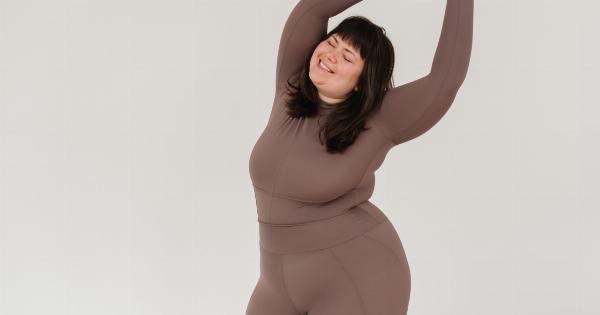When it comes to defining what makes a “real man,” society often emphasizes certain characteristics such as strength, confidence, and resilience.
However, there is a prevalent misconception that only men of a certain physical size can embody these qualities. This misguided notion fails to account for the fact that real men come in all sizes, including those who may be larger in stature.
Breaking the Stereotype
In a world obsessed with unrealistic standards of appearance, it is crucial to challenge the notion that physical size determines one’s masculinity.
Men of various sizes deserve recognition and respect for their thoughts, actions, and accomplishments, rather than being confined to a narrow definition of what society labels as “ideal.”.
The Fallacy of “Size Equals Strength”
Contrary to popular belief, the size of one’s body does not inherently equate to strength. While physical stature and prowess may have advantages in certain domains, true strength encompasses much more than mere physicality.
Mental resilience, emotional intelligence, and empathy are qualities that play a significant role in defining a real man’s strength.
Embracing Body Diversity
It is essential to celebrate and embrace body diversity among men. Each individual has a unique genetic makeup that determines their body type, metabolism, and overall physique.
Therefore, it is unjust to judge a man’s worth or masculinity based solely on their physical size.
Big Men, Big Hearts
Real men, regardless of their size, are defined by their character and the way they treat others.
For instance, men who actively practice kindness, empathy, and respect demonstrate far greater strength than those who rely solely on physical attributes to assert their masculinity.
Overcoming Body Shaming
Unfortunately, men who identify as larger in size often face body shaming and ridicule from society. The media perpetuates harmful stereotypes, emphasizing a particular body type as the ideal masculine form.
These unrealistic standards only perpetuate harmful body image issues among men and promote toxic masculinity.
The Importance of Self-Acceptance
Real men come in all shapes and sizes, and it is vital for individuals to embrace and accept themselves as they are.
Self-acceptance is an empowering journey that encourages individuals to appreciate their unique qualities and virtues—regardless of societal expectations or norms.
Challenging Media Representations
Media has a powerful influence on society, shaping our perception of what is considered desirable or attractive.
It is crucial for the media to portray men of various sizes positively and authentically, showing that true masculinity is not limited to a specific body type or physique.
The Danger of Stereotyping
By perpetuating stereotypes that associate masculinity with a specific body size, society undermines the complexity of human experiences and contributes to the isolation and marginalization of individuals who do not fit those narrow definitions.
Real men should never be confined to society’s limited understanding of what it means to be masculine.
Embracing a New Paradigm
It is time to shift our perspective and adopt a more inclusive understanding of masculinity. True strength lies not in physical appearance, but in an individual’s values, personal growth, emotional intelligence, and compassion.
By embracing a more holistic approach to masculinity, we pave the way for a more inclusive society where all men are valued and respected.


























